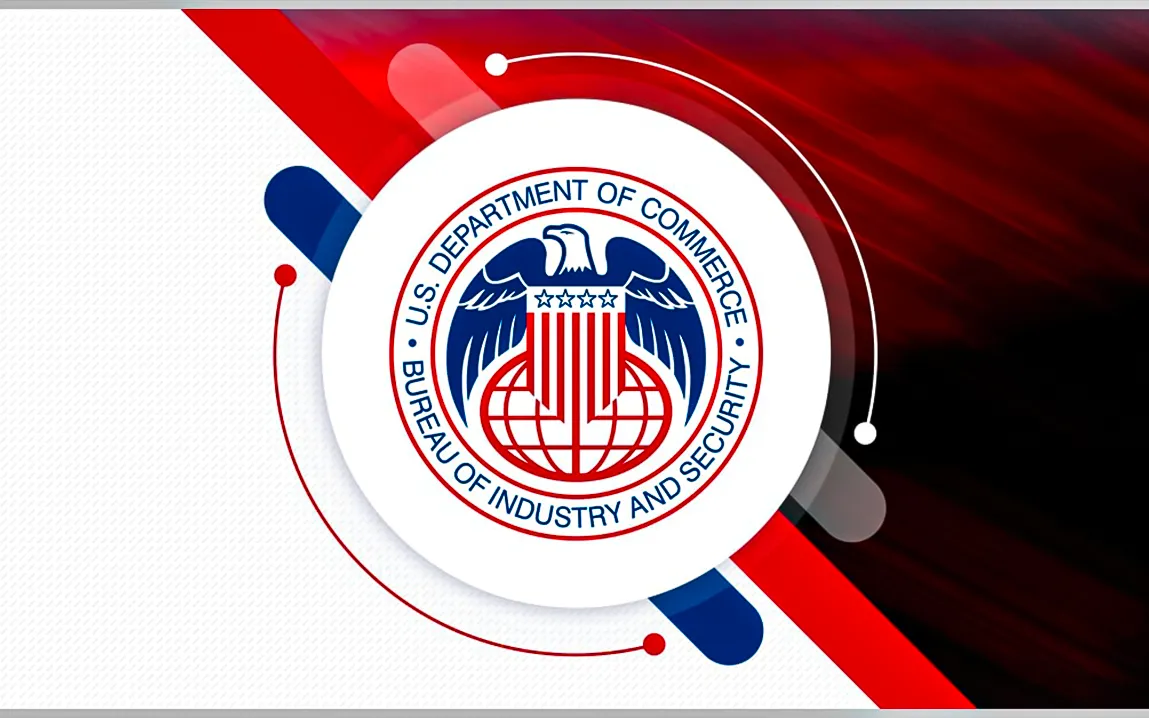The U.S. Bureau of Industry and Security released new rules meant to govern worldwide access to frontier AI models and computing power that build them, while finding a balance between innovation and national security.
The U.S. Department of Commerce’s Bureau of Industry and Security has unveiled a comprehensive framework controlling the global accessibility and utility of frontier AI models and the supercomputing power required for their creation. It is among the most critical moves toward bridging technological advance with national security.
Key Points of the Framework:
Controlled Diffusion of AI Models: The framework introduces new global export licensing requirements on advanced AI model weights, thereby allowing only those entities that adhere to established safety and security protocols to access the models. This is to prevent malicious actors from misusing advanced AI technologies.
Regulation of the Advanced Computing Integrated Circuits: BIS updated controls over ACICs, which are a critical component in the training of large-scale AI models. The new regulations require licensing for the export of these critical components, thus managing their proper distribution to ensure their use responsibly.
Reporting Requirements for AI Developers and Compute Providers: Developers of the world’s most powerful AI models and computing clusters will now have to report much more in detail to the federal government, including reports on developmental activities, cybersecurity measures taken towards prevention of compromise or cyberattacks, and results from red-teaming exercises designed to test for vulnerabilities and potential misuse.
Balancing Innovation and Security
National Security Advisor Jake Sullivan emphasized that the new rule has two dual objectives: “The United States has a national security responsibility to preserve and extend American AI leadership, and to ensure that American AI can benefit people around the world. Today, we are announcing a rule that ensures frontier AI training infrastructure remains in the United States and closely allied countries, while also facilitating the diffusion of American AI globally.”
Global Implications
The framework divides countries into two groups based on their access to U.S. AI technologies. The trusted allies, such as the United Kingdom, Canada, Australia, and several European nations, will face fewer restrictions. Others will have to apply for a license to get access to high-end AI technology. The rule excludes open-source AI models and some chip design and manufacturing from its scope. It is largely directed towards blocking the enemy from accessing sophisticated AI weapons.
Industry Reaction
This framework has brought varied responses from the tech industry. Some people in the industry say it might hurt the competitiveness of a nation, while others claim such steps are required for responsible development and use of AI.
The BIS framework represents a proactive approach to managing the dissemination of powerful technologies as AI continues to evolve, aiming to foster innovation while safeguarding national and global security interests.



